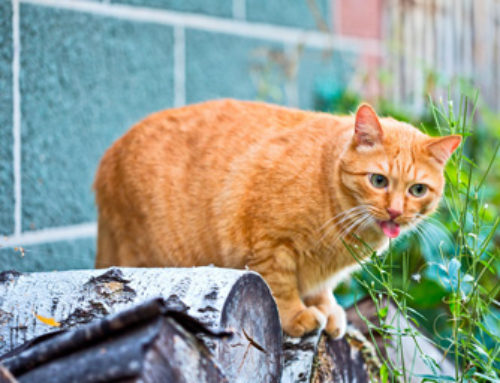Humans aren’t the only creatures on earth who suffer from skin conditions! Your pets can also develop various skin conditions, and it can be as uncomfortable for them as it is for you.
If your pet has been scratching, biting, licking or shaking itself more than usual, it could be a sign of an underlying skin condition. It’s important to identify and treat this as soon as possible, not only for your pet’s health and comfort but to prevent any long-term problems from developing.
Let’s take a closer look at pet skin conditions and find out what you should do if your pet develops one.
Which pets are most susceptible to skin conditions?
Most animals are susceptible to developing a skin condition at one stage or another. Dogs, cats, rabbits, even birds – there’s skin under every coat of fur or feathers, so skin conditions are something to keep an eye on no matter what sort of pet you have.
However, dogs appear to be more susceptible than other pets. Skin conditions are one of the most common health problems dogs can experience, so if you’re a dog owner, you’ll need to pay particularly close attention to the health of your dog’s skin.
How can I tell if my pet has a skin condition?
Sometimes, you may be unsure whether your pet is just being fussy and fidgety, or whether there’s something more serious underlying their agitation. To determine whether a skin condition is your pet’s problem, keep an eye out for any of the following signs and symptoms:
- Excessive scratching
- Biting, licking or chewing themselves
- Restless behaviour
- Flaky, dry skin (similar to dandruff in a human)
- Patches of red, irritated or hairless skin
If you notice your pet displaying any of these symptoms, it’s time to investigate further to determine what sort of condition they might have and what could have caused it.
What are some common pet skin conditions?
The first thing you need to do is identify the type of skin condition your pet is suffering from. Here are a few common conditions:
- Atopic dermatitis. This condition is caused by an allergic reaction (we’ll go further into this below). Signs include itching, biting or licking parts of the body and hyperpigmentation of skin.
- Pyoderma. This is a bacterial infection, often also caused by an allergic reaction. Signs include red, inflamed skin, rashes and/or lesions.
Acne. Yes, pets can get acne too! Cats’ chins and lips are particularly susceptible, and dogs can also develop acne on their chins. Signs include a dirty-looking formation of blackheads on the skin.
What are some of the main causes of skin conditions in pets?
As we mentioned above, allergies are the main cause of common skin conditions in animals. Your dog or cat may suffer an allergic reaction to a particular substance, leading to one of the above conditions. Most allergen sources are plants and pollen, with some particular offenders in Australia being:
- Wandering Jew plants
- Bottlebrush trees
- Ivy
- Jasmine
- Grasses such as buffalo and crowngrass
Take care to examine your garden and backyard carefully for any offending plants. If you’re unsure whether your plants are allergy-friendly or not, try consulting this list of plants most likely to cause allergic reactions in dogs, or the Burke’s Backyard guide to poisonous or dangerous plants.
What should I do if my pet develops a skin condition?
If you’ve identified some skin problems in your pet, you’ll need to head to the vet for a proper diagnosis and treatment program. Steroids, antibiotics and topical treatments are among the options for giving your pet some relief and curing their skin conditions once and for all.









